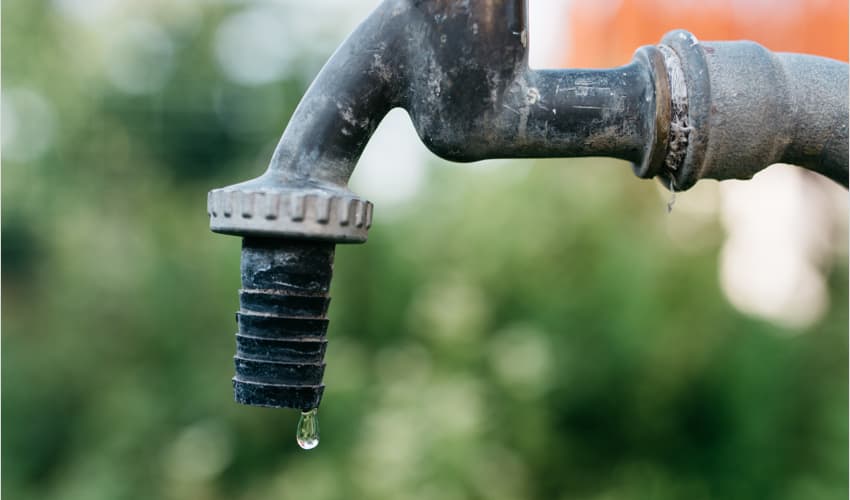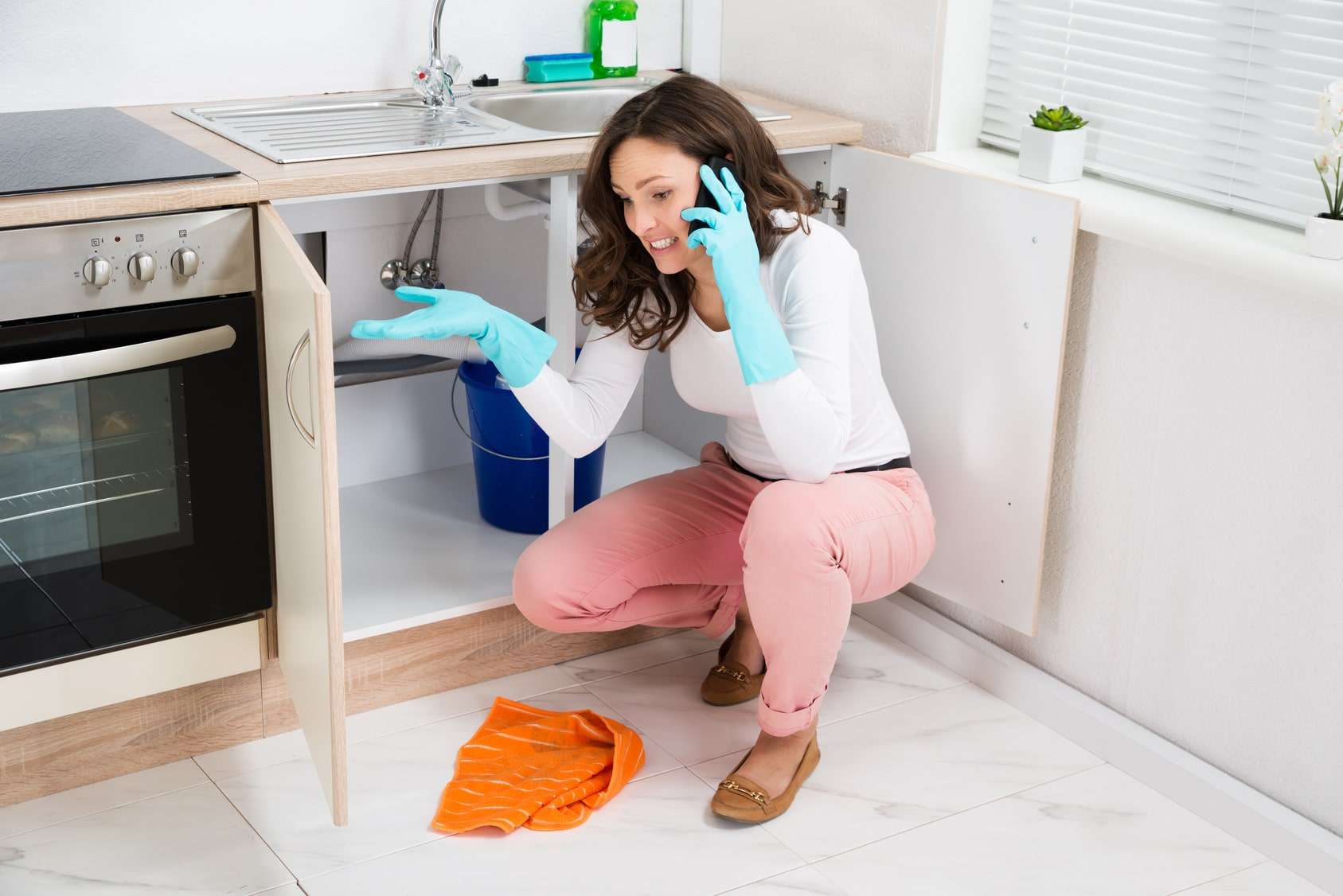Unveiling the Primary Sources of Leakage Within Your Home
Unveiling the Primary Sources of Leakage Within Your Home
Blog Article
Right here down the page you can discover additional really good insight concerning How to Find Water Leaks.

Leakages not just cause waste of water yet can likewise trigger unneeded damages to your home as well as advertise undesirable organic growth. By looking as well as recognizing for day-to-day circumstances that trigger leaks, you can secure your house from future leaks and unnecessary damages.
Encroaching roots
Most water leakages begin outside your home instead of inside it. If you notice an abrupt decline in water pressure, say in your faucet, take some time to head out as well as examine your backyard. You may notice damp patches or sinkholes in your lawn, and that could suggest that tree roots are getting into water lines triggering water to seep out. You can have your plumber look for invasion, especially if you have trees or shrubs near your residential or commercial property.
Corroded water systems
As time passes by, your plumbing system ages as well as rust such as corrosion might start eating away the pipes. This may be the source of staining or bending on your pipes. This requires an examination with your plumber right away. Think about replacing the pipelines considering that they are at a higher threat of rust than the newer versions if our plumbing system is old.
Defective Pipe Joints
The point at which your pipelines attach is frequently the weakest link in the waterline. Pipe joints can degrade in time, causing water leakages. The bulk of pipeline joints are not easily visible. If you have noisy pipes that make ticking or banging noises, especially when the hot water is activated, your pipeline joints are possibly under a great deal of stress. It is a good idea to have your plumber examine your system yearly.
Instant temperature level modifications.
Severe temperature level modifications in our pipelines can trigger them to broaden as well as get all of a sudden. This development and also contraction might trigger fractures in the pipelines, specifically if the temperature are below freezing. It would certainly be best if you watched on just how your plumbing works. The existence of the previously discussed conditions regularly shows a high risk.
Poor Water Connectors
At times, a leak can be brought on by loosened pipes as well as pipelines that provide your devices. Most of the time, shifting is what triggers the loosened water Connections. You could discover when it comes to a washing equipment, a hose pipe may spring a leak because of shaking throughout the spin cycle. In case of a water connections leak, you might notice water running directly from the supply line or pools around your appliances.
Clogged Drains
Blocked drains pipes could be aggravating and inconveniencing, but they can sometimes end up triggering an overflow resulting in break pipelines. Keep getting rid of any materials that might drop your drains pipes that can obstruct them to avoid such troubles.
All the above are root causes of leaks yet not all water leaks result from plumbing leakages; some leaks may originate from roofing system leaks. All leakages should be repaired promptly to prevent water damage.
Leaks not just trigger waste of water but can also trigger unnecessary damage to your home and also advertise undesirable natural development. By recognizing and looking for daily circumstances that cause leaks, you can secure your residence from future leaks as well as unneeded damage. Today, we will look at 6 leakage triggers that may be creating your pipelines to leak.
At times, a leak can be created by loose hose pipes as well as pipes that provide your devices. In situation of a water connections leak, you may notice water running directly from the supply line or pools around your appliances.
Tell-Tale Signs of a Water Leak
The Sound of Running Water
If you’re hearing water running, your first step should be to check your faucets, toilet valves, and outdoor spigots. If everything if status quo, take an exact reading of your water meter and don’t use the water for a few hours. Then, take another meter reading. If there has been no change, that means water is not running (and maybe it’s time to have your hearing checked!). If the reading has changed, however, this indicates that water is indeed flowing and you most likely have a leak.
Wet or Damp Floors
You’re walking across your carpet and suddenly squish—your sock is soaked! The dog doesn’t look guilty and your child swears they didn’t spill anything. That means you’re likely looking at sewer leakage. Now, it’s easy to just soak it up with a towel and call it a day; however, this won’t stop the leak. Ignoring the problem allows moisture to build up, ultimately causing mold or mildew. Not only is this smelly, it can be very toxic and harmful to children, the elderly, pets, and those with weak immune systems. Don’t risk the health of your home and your family—call in a professional to take care of the problem.
Foul Odors
If there’s an unpleasant smell in your home and you can’t locate the source, don’t just light a candle or spray some Febreze. Funky smells are often due to mold and mildew, which spread fast under ideal conditions (optimal temperature and level of humidity). Growth begins within about 24-48 hours, and spores start to colonize in 3-12 days, becoming visible to the eye within about 18 days. If you think the odor is leak-related, get a plumber out as soon as possible to mitigate damage from rapid fungi growth (and rid your home of the foul odor).
Overgrowth in the Lawn
Unless you didn’t fertilize your lawn evenly, a lush patch of grass in a select area of your lawn, or concentrated wet spots, indicate pipe leakage which is acting as a fertilizer. Left untreated, hazardous bacteria in the underground waste will quickly turn into a messy situation, going from lush growth to lawn destruction.
Wall Cracks
Over time, even the littlest of leaks can cause cracks in the foundation of your home and compromise the entire structure. How does it happen? The leak continues hammering away at the same spot in the ground beneath your home, eventually causing it to shift slightly. Now, you’d never feel this shift, but your walls will. This can be a very dangerous situation, so if you’re seeing vertical or diagonal cracking in your walls it’s best to call a plumber right away.
https://www.expresssewer.com/blog/6-telltale-signs-of-a-water-leak-in-your-home

Do you really like more info about How to detect water leaks in your home? Make a review directly below. We would be delighted to find out your reactions about this blog. We are looking forward that you come back again later on. Sharing is nice. Helping people is fun. Many thanks for your time. Visit us again soon.
Click Report this page